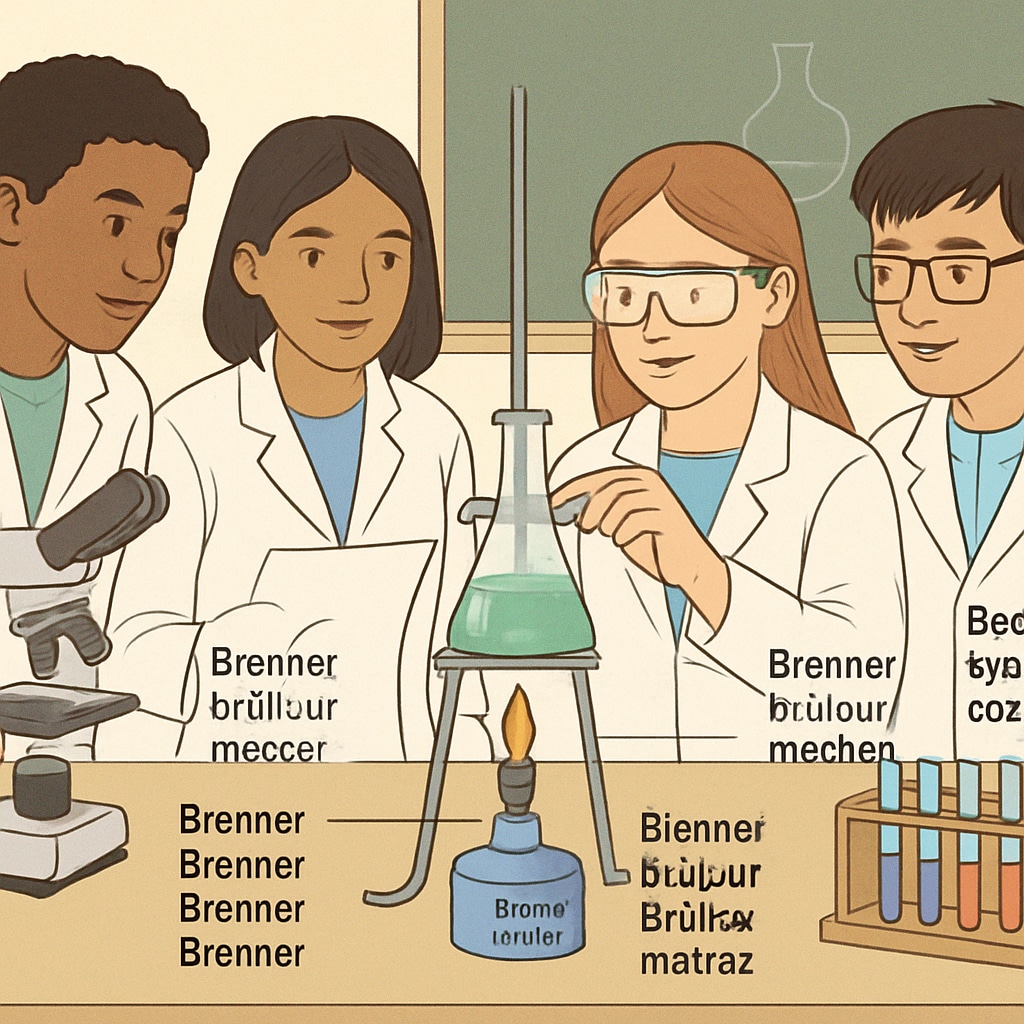In today’s increasingly diverse classrooms, supporting English learners (ELLs) in high school science subjects requires thoughtful planning and differentiation. Science teaching inherently involves complex vocabulary and abstract concepts, making it challenging for students with limited English proficiency. By implementing effective strategies, educators can bridge language barriers and create an inclusive learning environment that fosters both language development and scientific understanding.
Understanding the Challenges Faced by English Learners in Science Classrooms
English learners face unique challenges in science classrooms. Science topics often include specialized terminology, complex sentence structures, and abstract ideas that demand higher-order thinking. For example, words like “photosynthesis,” “hypothesis,” or “gravity” may be unfamiliar to ELLs, while the cognitive demands of interpreting graphs, charts, and experiments can be overwhelming without adequate language support.
Additionally, ELLs may struggle with cultural references embedded in science lessons, such as historical discoveries or idiomatic expressions. This combination of linguistic and cognitive demands highlights the need for educators to employ strategies tailored to support these students effectively.

Practical Differentiation Strategies for English Learners
To address these challenges, teachers must adopt differentiation techniques that cater to the varying proficiency levels of their students. Below are some effective strategies:
- Visual Aids: Use diagrams, charts, and videos to complement verbal explanations. Visuals help ELLs grasp concepts more effectively.
- Scaffolded Instruction: Break down complex lessons into manageable steps, gradually building students’ understanding.
- Vocabulary Pre-teaching: Introduce key scientific terms before lessons begin, using visual representations and examples to reinforce meaning.
- Interactive Activities: Encourage group projects, experiments, and discussions where students can collaborate and practice language skills in a supportive setting.
- Multilingual Resources: Provide access to bilingual glossaries or translated materials to support comprehension.
By implementing these strategies, educators can ensure that ELLs have equal opportunities to succeed in science classrooms.

Creating an Inclusive Environment for English Learners
Beyond instructional strategies, fostering an inclusive classroom culture is essential. Teachers can promote inclusivity by:
- Building Relationships: Learn about students’ backgrounds and interests to make lessons culturally relevant.
- Encouraging Peer Support: Pair ELLs with native English-speaking peers during group work to enhance language exposure and social connections.
- Celebrating Diversity: Incorporate examples from global science contributions to highlight the universality of scientific inquiry.
An inclusive classroom culture not only supports ELLs but enriches the learning experience for all students by fostering empathy and collaboration.
Leveraging Technology to Support English Learners
Technology offers powerful tools to help ELLs overcome language barriers in science education. For example:
- Language Learning Apps: Platforms like Duolingo or Quizlet can help reinforce scientific vocabulary.
- Interactive Simulations: Tools like PhET Interactive Simulations allow students to explore scientific concepts visually and interactively.
- Translation Tools: Google Translate or similar programs can help students access content in their native language.
By integrating technology into the classroom, teachers can provide additional support tailored to individual needs.
Ultimately, supporting English learners in high school science classrooms requires a blend of differentiation, inclusivity, and technological tools. With thoughtful planning and implementation, educators can empower ELLs to thrive both linguistically and academically.
Readability guidance: This article uses short paragraphs and lists to summarize key points, ensuring accessibility. Active voice is prioritized, with minimal passive constructions. Transition words such as “however,” “for example,” and “as a result” are used to enhance flow.


